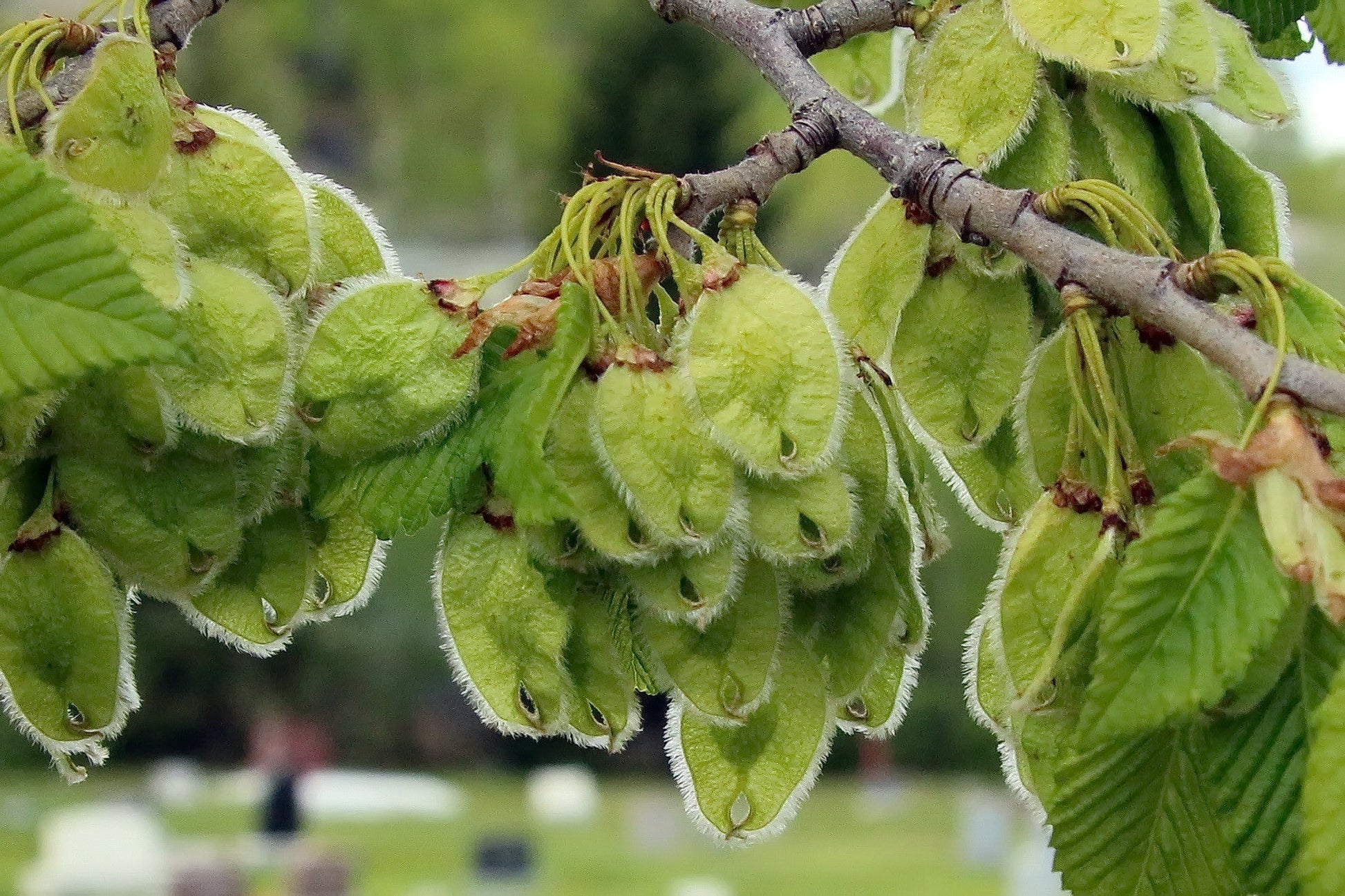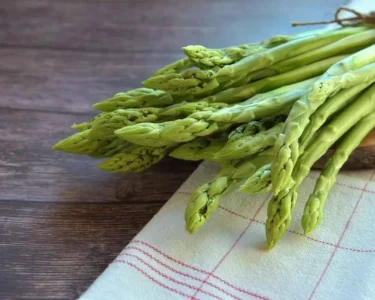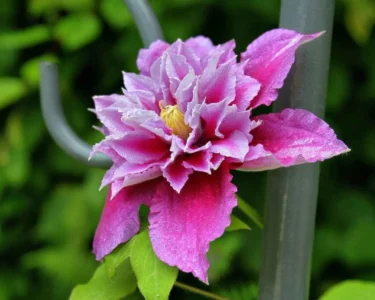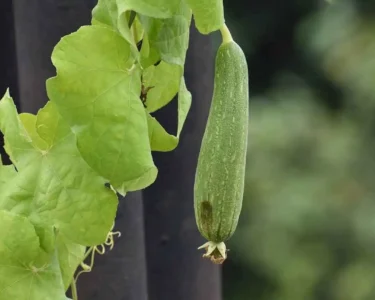Elm trees are known for their tall, elegant look and jagged leaves. They grow in Europe, Asia, and North America, adapting to different climates.
They make seeds as part of their reproduction. These seeds, called samaras or elm seeds, come in various sizes and shapes depending on the elm type. When the seeds are ready, they break open and spread through the wind or other ways.
Types of Elm Seed
American elm tree seeds
American Elm Seeds make beautiful shade trees. This species has an elegant vase-shaped crown which turns yellow in autumn. It looks striking in lawns or streets and is often called White Elm or water elm.
When planting one in your lawn or street, be mindful that they can reach 100 feet tall with 60 feet in spread in their life! They thrive best when placed in zones 2-9 and require full sunlight and moist soil conditions but will withstand drought conditions once established.
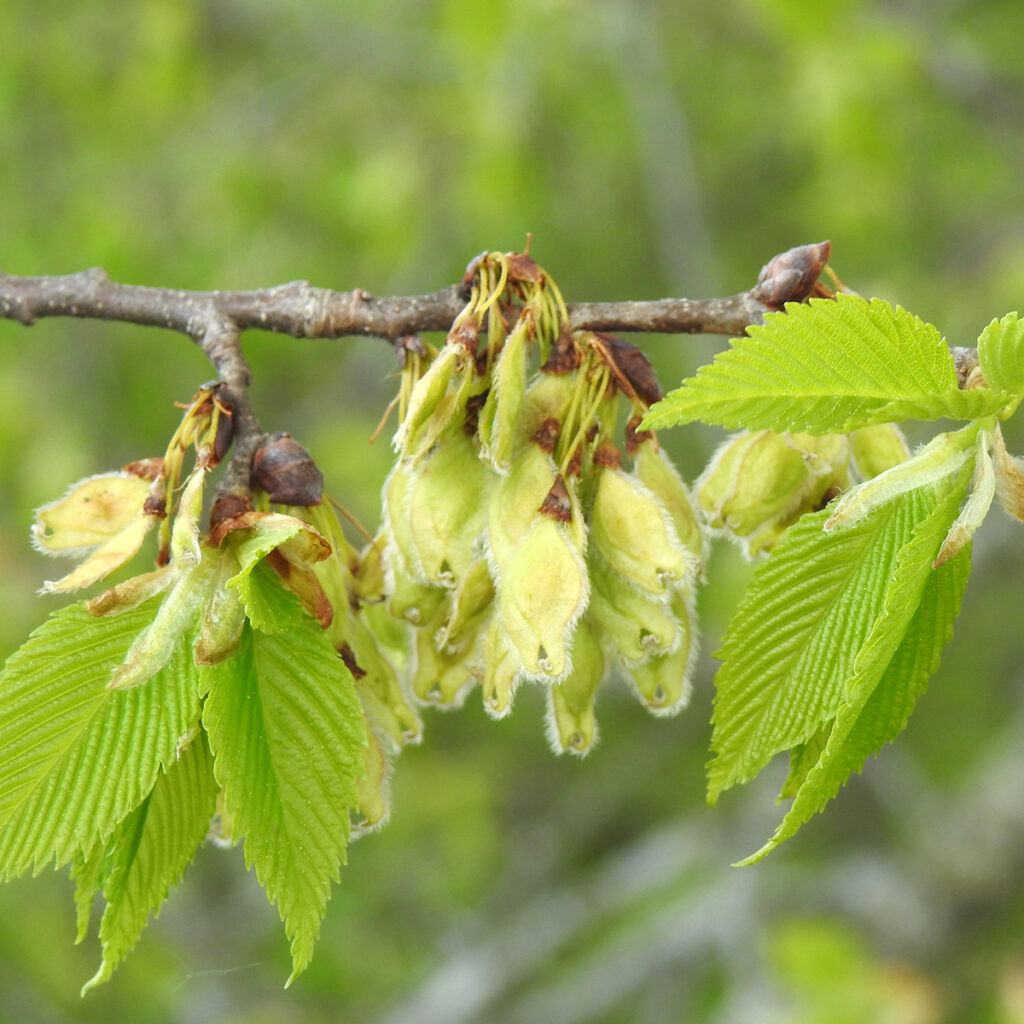

Chinese Elm Tree Seeds
Chinese elms are initially from Asia and are resistant to Dutch elm disease. They produce many winged seeds in the fall.
These seeds sprout in the spring, with the root coming out and the seed coat falling off. The green cotyledons appear from the soil, followed by the first two true leaves. The leaves are simple with teeth on the edges.
In Arizona parks, people commonly find mature trees with a fan-shaped crown and drooping branches. The standout feature of the Chinese elm is its mottled and peeling bark, often revealing orange underneath. Chinese elms are popular for bonsai because of their unique bark and easy seedling growth.
Dutch elm tree seeds
The Dutch elm is a mix of two types of elm trees and makes seeds in small, winged structures called samaras. These samaras have one seed and are usually carried by the wind.
When the seeds are ready, they turn brown and you can release them in late spring or early summer. Dutch elms, like other elms, spread naturally by seeds, helping the species grow and spread in different habitats.
Elm tree seed pods
Elm seed pods are structures made by elm trees to store seeds that will become new trees. After their flowers have been pollinated, these structures form.
Each type of elm produces different-looking pods depending on which seeds were pollinated. Typically, they look flat and have wings. Size and shape can differ between various varieties as the seeds develop in them and eventually turn brown seeds that the wind or other agents help spread across their surroundings.
Elm seed pods play an essential role in reproducing and spreading trees throughout their environment while adding beauty at certain times of year to gardens. While adding beauty, they help make new trees grow from seedlings originating in them.
Conclusion
Elm trees are essential in ecosystems in Europe, Asia, and North America. Their seeds, found in samaras or elm seed pods, are essential for reproduction and spreading. Different types of elms, like American, Chinese, and Dutch elms, provide shade and disease resistance. Elm seeds have flat wings that encourage new growth. It is essential to care for elm trees to support green spaces and biodiversity, showing how living things are connected and why environmental protection is crucial.
FAQS
Do elm trees produce seeds?
Yes, elm trees do produce seeds. The age when elms start making seeds can differ based on the type of tree and surroundings. Usually, they begin making seeds when they are about 15-20 years old.
Elms usually produce seeds in late spring or early summer. The exact time can change based on the tree type and where they are. After flowering in spring, the trees grow seed pods. These pods mature and release seeds by late spring or early summer.
What does an elm seed look like?
Elm seeds compare to small, flat-winged structures known as samaras, which feature an oval-shaped pod containing one seed in its center and have thin wings to help extend through wind currents.
How to Grow Elm Tree from Seeds?
Collect mature seeds during late spring or early summer to start an elm tree from seed. Remove pulp from seeds before soaking them for 24 hours in water and planting them in well-draining soil with adequate drainage in warm, sunny locations with indirect light until their seeds sprout – this process may take weeks or months! Once seedlings appear, transplant them into larger pots or the ground.
What fruit do elm trees produce?
Elm trees produce small, flat and winged fruits known as samaras or elm seeds from their flowers that disperse by wind dispersion. Their size and shape vary depending on which variety is being grown – these play an essential part in reproducing and expanding this tree species in nature.


